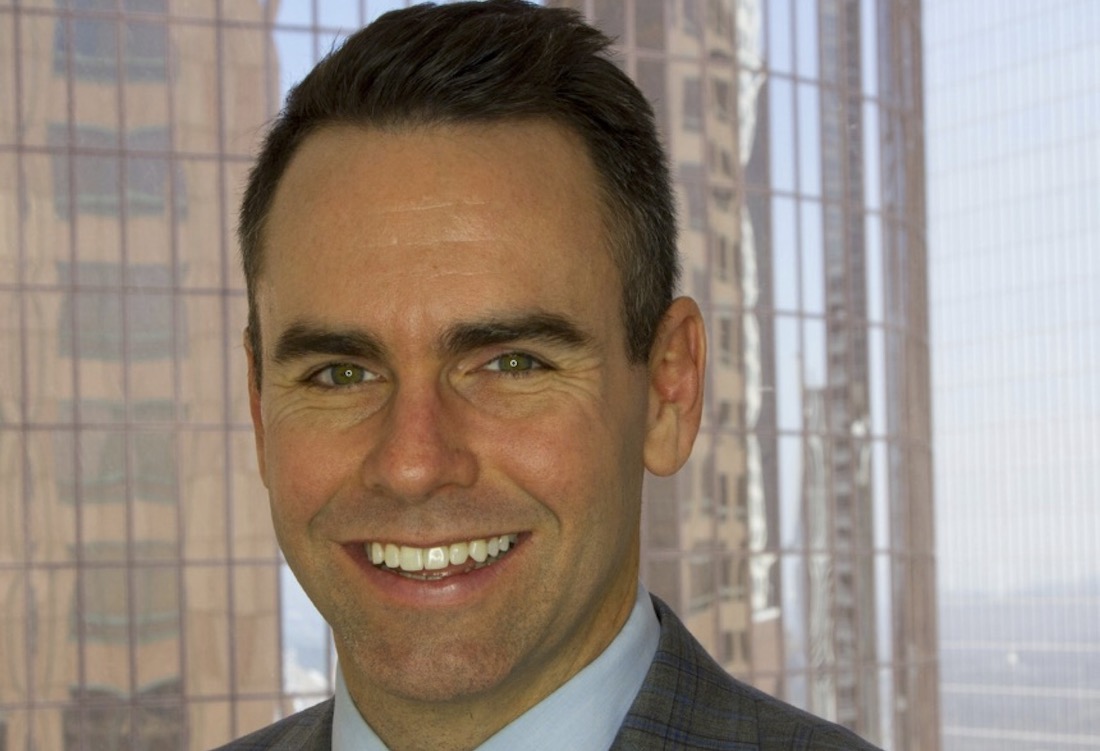Jeffrey Cleveland, Chief Economist, Payden & Rygel writes that everyone gets a lot wrong a lot of the time.
Just consider financial markets and economics in 2023. If you asked a professional forecaster last year at this time whether the US economy would slump in 2023, nearly two-thirds would have answered in the affirmative.
Similarly, at this time last year, the bond market was convinced (or at least many investors placing bets were) that the Fed would end its rate-hiking campaign at 5 per cent and then cut rates two to three times by the end of 2023.
Here are some of the top confident views Payden’s economics team are hearing that could be wrong for 2024:
“A recession is inevitable in 2024.” Coincidentally, this was also the top view espoused by many investors and most (65 per cent) of professional forecasters last year. A recession did not occur in 2023, but even with all the “soft landing” lip service, the professional forecasting community still puts a 50 per cent chance of one in 2024. Will consensus get it right in ’24? We doubt it. We think the chance of a downturn in 2024 is closer to 12.5 per cent. Instead, we expect at or slightly above-trend GDP growth powered by the resilient U.S. consumer.
“…but the US. consumer is running out of savings!” To steal from Twain, rumours of the US consumer running out of savings have been greatly exaggerated. The personal savings rate has declined as consumer spending patterns normalised post-pandemic. However, the aggregate US consumer still sits on trillions in savings. More importantly, consumer spending and, thus, overall US economic activity growth is driven by income growth, not savings. Income growth remained robust through November 2023.
“The US government will not be able to finance its massive deficit.” As mentioned above, the U.S. budget deficit has widened, but the appetite from U.S. and global investors for Treasuries remains strong. Also, Treasury bill issuance financed much of the 2023 deficit, with US households and businesses enthusiastic buyers. And the US devotes less than 3 per cent of US economic output to paying US debt service costs, a manageable task for now.
“Stubborn inflation may force the Fed to overtighten, tipping the economy into a recession.” While we were more amenable to such views at mid-year with the economy running hot at 5 per cent GDP growth, flash forward six months, we see much more reason for optimism on the soft landing front. The six-month moving average of Core PCE’s monthly rate of change arrived in line with the Fed’s target of 0.2 per cent in October, and the unemployment rate remains near cycle lows. While we doubt the Fed will be quick to “declare” victory over inflation, we think it will take a few more months of data to seal the deal. As to claims the Fed’s recent “pivot” is due to politics (i.e., next year’s election), we’d point investors to the last six month’s core PCE data.
“Cracks are already appearing in global labor markets, and other central banks (ECB, BoE, BoC) will follow the Fed and soon start cutting.” Except for the UK and Canada, other major developed countries have fared better than many think. In addition, some central banks are even closer to achieving inflation goals than the Fed. For example, Canada’s core inflation sits just outside the central bank’s 1-3 per cent target zone. As a result, most central banks may cut less aggressively than markets predict, and the Fed will probably not lead the way, given the US labour market’s strength. That said, a significant source of financial market stress of the last 24 months—central banks moving aggressively to tighten financial conditions—has been removed from the equation. Finally, the BoJ shows little intention of tightening policy, another market dagger that may not materialise.
“Escalating geopolitical issues will derail the global economy.” While tragic and unfortunate, geopolitical events tend to have a short-lived impact on markets and economic trends. Absent a sharp oil shock—a surge in oil prices that pinches the consumer pocketbook as we saw in 2008—a severe downturn induced by geopolitical events remains a low-probability scenario.
“There’s no way credit/equities can rally from here.” First, fixed income is attractive based on absolute and inflation-adjusted bond yields compared to recent history. Second, the “soft landing” scenario—in which the Fed could fine-tune interest rates, rate volatility subsides, the U.S. dollar softens, inflation moderates, and the economy continues to grow—is a splendid recipe for credit sectors in the fixed-income market (equities, too!). Finally, to the question that tops bond investors’ minds—where are policy rates heading next year? Well, we again offer you a range of possibilities depending on the future path of inflation. (Ultimately, we expect the Fed to cut rates less than what markets predict, which might disappoint investors in the short term. As Fed Chair Jerome Powell said at the December FOMC press conference, the future can “evolve in many different ways.”
Ultimately, the goal is not to get everything right but to identify all the possibilities and eliminate errors so we are well-positioned for what might happen next.
We’ll give Pericles the final say as his words have survived 2,500 years: “The key is not to predict the future but to prepare for it.”
This material has been authorised by Payden & Rygel Global Limited, a company authorised and regulated by the Financial Conduct. Authority of the United Kingdom, and by Payden Global SIM S.p.A., an investment firm authorised and regulated by Italy’s CONSOB.







